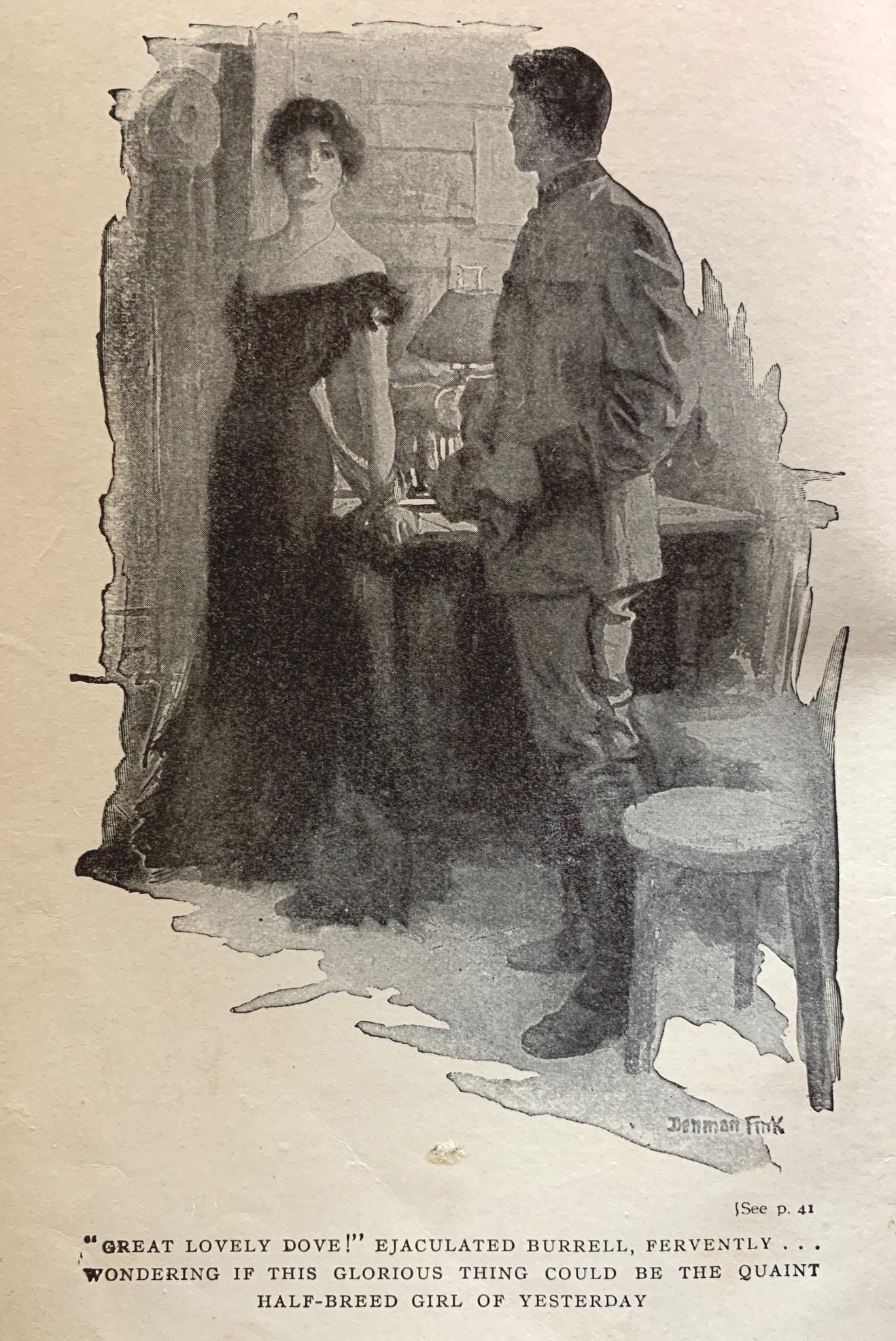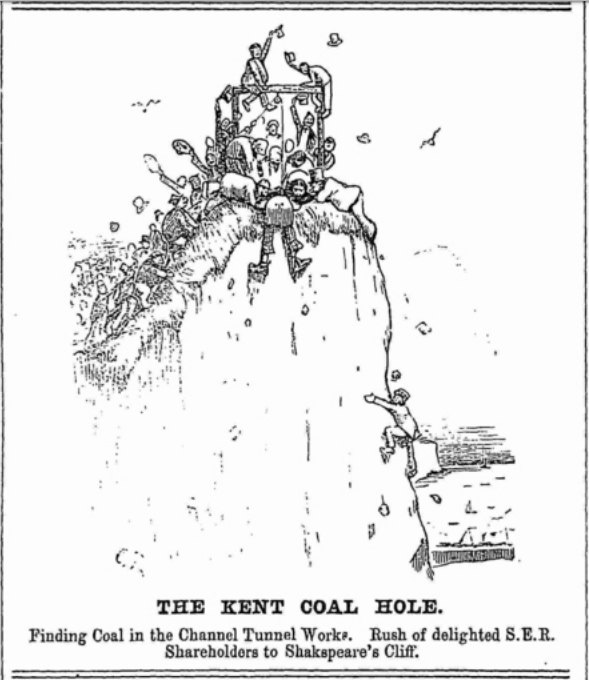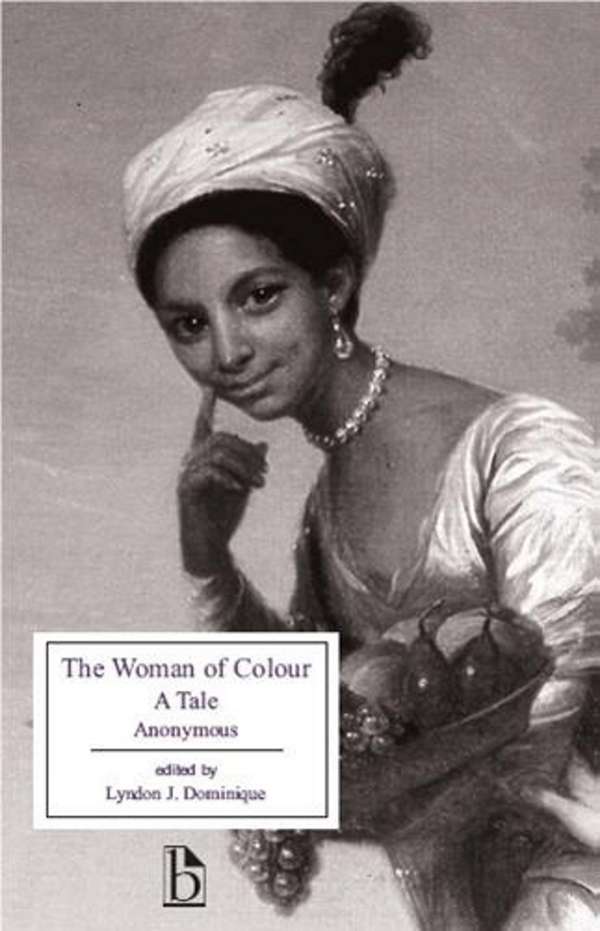You might be surprised by the range of topics, media, time periods and genres covered by their work. Read below to learn more about Cecily Devereux's project about the history of representation of dancers, white femininity and indigeneity in Canada and the USA, Eddy Kent's research about resource extraction and 19th century British culture, and Corrinne Harol's investigation into the connections among modern authorship and style in literature, theology and science.
Cecily Devereux (Insight Grant)
Embodied Occupations: White Femininity and the Masquerade of Indigeneity in Erotic Dance, 1890-1960.
People are sometimes a little surprised when they learn that my research focuses on the business of undress performance, which might seem like an odd fit for an English department. But this business, particularly as it takes shape in the nineteenth century in North America, is really important because it is where a lot of socially constructed ideas about gender are made apparent--in performances, in the workplace, and in representation. My new project continues research I have been doing for quite a long time toward a better understanding of the historical ways in which we understand gender and how people have inhabited gender in the context of colonized North America during the years of the British Empire and its long afterlife. I am interested in the ways in which skin-baring dance and dancers are represented in fiction and other narrative genres as well as in images that are mobilized across genres and media--novels and films as well as theatrical and other performances. I am particularly interested in the ways in which images of white women's bodies are so often comprehensible in the imperial context in relation to a work of symbolic colonization. What I mean by this is that representations of white women in fiction and film and other genres and media during the years of imperial occupation in North America are part of a bigger project toward the displacement and what was imagined at the time as the erasure of Indigenous people. We can see evidence of that project across a lot of early twentieth-century Canadian and American fiction and film, but I am interested here in the many and recurring images in this period of seemingly Indigenous women whose skin-baring performance is shown to reveal whiteness. Sometimes it's a matter of costume, or performers dressing up as if Indigenous but who reveal whiteness when the costume is stripped away. Sometimes it's a matter of a performance or representation in which Indigenous femininity is obscured by the positioning of a white-skinned body in its place. I will be looking at a lot of early twentieth-century North American fiction and narrative media in the early twentieth century with the objectives of better accounting for this history of representation and better understanding the implications of representation in settler colonial space. I will be working with research assistants on publicly accessible bibliographies and am planning some film screenings and other public events.
But this business, particularly as it takes shape in the nineteenth century in North America, is really important because it is where a lot of socially constructed ideas about gender are made apparent--in performances, in the workplace, and in representation. My new project continues research I have been doing for quite a long time toward a better understanding of the historical ways in which we understand gender and how people have inhabited gender in the context of colonized North America during the years of the British Empire and its long afterlife. I am interested in the ways in which skin-baring dance and dancers are represented in fiction and other narrative genres as well as in images that are mobilized across genres and media--novels and films as well as theatrical and other performances. I am particularly interested in the ways in which images of white women's bodies are so often comprehensible in the imperial context in relation to a work of symbolic colonization. What I mean by this is that representations of white women in fiction and film and other genres and media during the years of imperial occupation in North America are part of a bigger project toward the displacement and what was imagined at the time as the erasure of Indigenous people. We can see evidence of that project across a lot of early twentieth-century Canadian and American fiction and film, but I am interested here in the many and recurring images in this period of seemingly Indigenous women whose skin-baring performance is shown to reveal whiteness. Sometimes it's a matter of costume, or performers dressing up as if Indigenous but who reveal whiteness when the costume is stripped away. Sometimes it's a matter of a performance or representation in which Indigenous femininity is obscured by the positioning of a white-skinned body in its place. I will be looking at a lot of early twentieth-century North American fiction and narrative media in the early twentieth century with the objectives of better accounting for this history of representation and better understanding the implications of representation in settler colonial space. I will be working with research assistants on publicly accessible bibliographies and am planning some film screenings and other public events.
Eddy Kent (Insight Grant)
Representing resource extraction in 19th century British culture
Can you name the great Victorian mining novel? How about a mediocre one? It's surprisingly hard to do, especially when you think about the importance of mining to  the industrial revolution which transformed nearly every aspect of life in the period. George Orwell was one of the first to remark upon this strange elision, noting that, "practically everything we do, from eating ice to crossing the Atlantic, and from baking a loaf to writing a novel, involves the use of coal... but we seldom or never remember what coal-getting involves." Representing Resource Extraction in 19th-Century British Culture, investigates that forgetfulness, examining the place of extraction within a larger set of cultural responses to what environmental historian Andreas Malm calls the paradigm shift of "fossil capital."
the industrial revolution which transformed nearly every aspect of life in the period. George Orwell was one of the first to remark upon this strange elision, noting that, "practically everything we do, from eating ice to crossing the Atlantic, and from baking a loaf to writing a novel, involves the use of coal... but we seldom or never remember what coal-getting involves." Representing Resource Extraction in 19th-Century British Culture, investigates that forgetfulness, examining the place of extraction within a larger set of cultural responses to what environmental historian Andreas Malm calls the paradigm shift of "fossil capital."
My project investigates the cultural dispositions that inform these aesthetic choices, and my purpose is to understand how Victorian Britons thought and felt about the opportunities and-in some cases, literal-pitfalls of resource extraction. By focusing on mines, this project will assemble an archive of primary material about mining, including literature, speeches, essays, scientific papers, advertisements, corporate prospectuses, and other printed ephemera in order to develop a more robust understanding of how Victorian Britons responded to their new energy regime, both how mines are read, and how mines structure new "extractive" forms of reading.
Corrinne Harol (Insight Development Grant)
Who Created That? Authorship, Style, Epistemology
The animating question of this project is simple: how did modern notions  of authorship develop alongside the modes of authority and epistemology that distinguish literature, theology, and the scientific method? The project began with two related inquiries: 1) Who wrote The Woman of Colour (1808); and 2) What do the two key intellectual strains (theology and statistical probability) of Thomas Bayes' (1702-1761) career have in common? These two inquiries share a set of concerns: What inferences can we draw about an author from their work? Do writers have distinctive styles, and if so are they independent of content? Does human creativity mirror God's act of creation or is it a debased copy? The answers to these questions serve to connect and distinguish the epistemologies and the styles of literary, theological, and scientific writing. By developing each line of inquiry separately as well as pursuing their intersection through the use of methods in stylometry, statistics, and literary analysis, the IDG will allow us to make immediate contributions to knowledge about The Woman of Colour and to digital humanities methods, and it will be the basis for a monograph offers an account of the origins of-and the connections among- modern authorship, style, and epistemology.
of authorship develop alongside the modes of authority and epistemology that distinguish literature, theology, and the scientific method? The project began with two related inquiries: 1) Who wrote The Woman of Colour (1808); and 2) What do the two key intellectual strains (theology and statistical probability) of Thomas Bayes' (1702-1761) career have in common? These two inquiries share a set of concerns: What inferences can we draw about an author from their work? Do writers have distinctive styles, and if so are they independent of content? Does human creativity mirror God's act of creation or is it a debased copy? The answers to these questions serve to connect and distinguish the epistemologies and the styles of literary, theological, and scientific writing. By developing each line of inquiry separately as well as pursuing their intersection through the use of methods in stylometry, statistics, and literary analysis, the IDG will allow us to make immediate contributions to knowledge about The Woman of Colour and to digital humanities methods, and it will be the basis for a monograph offers an account of the origins of-and the connections among- modern authorship, style, and epistemology.